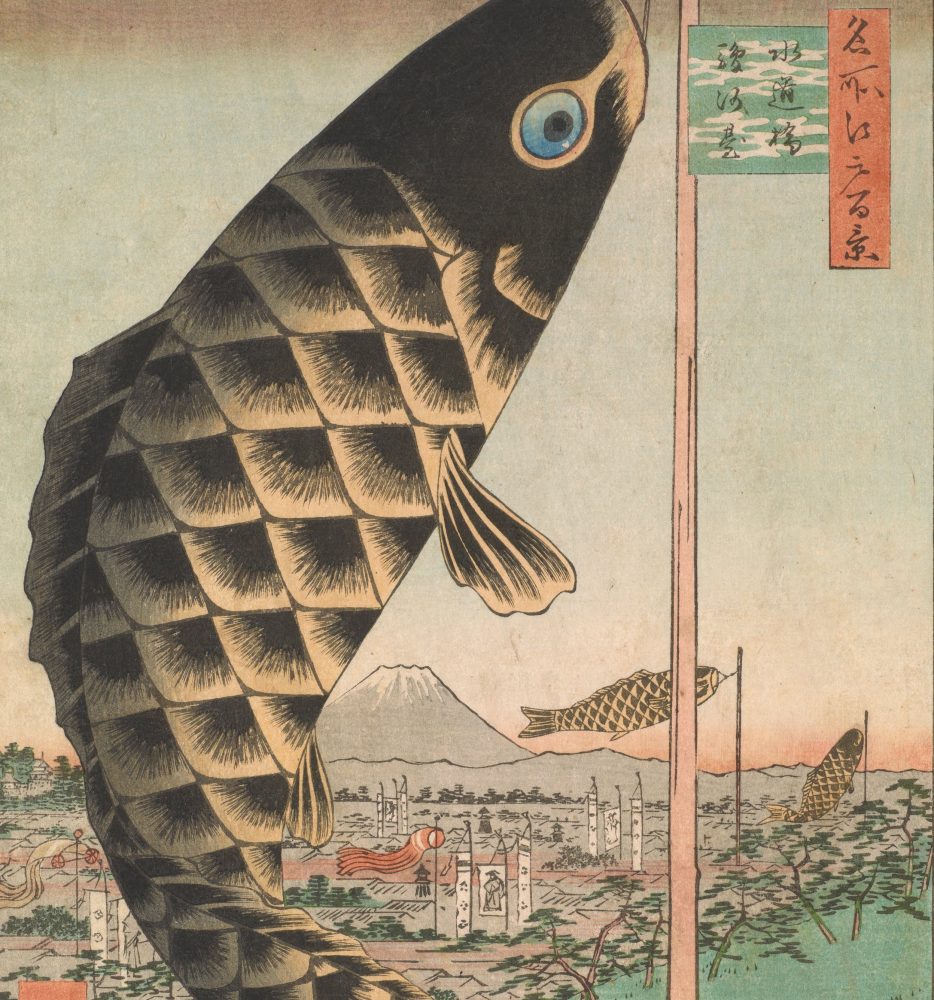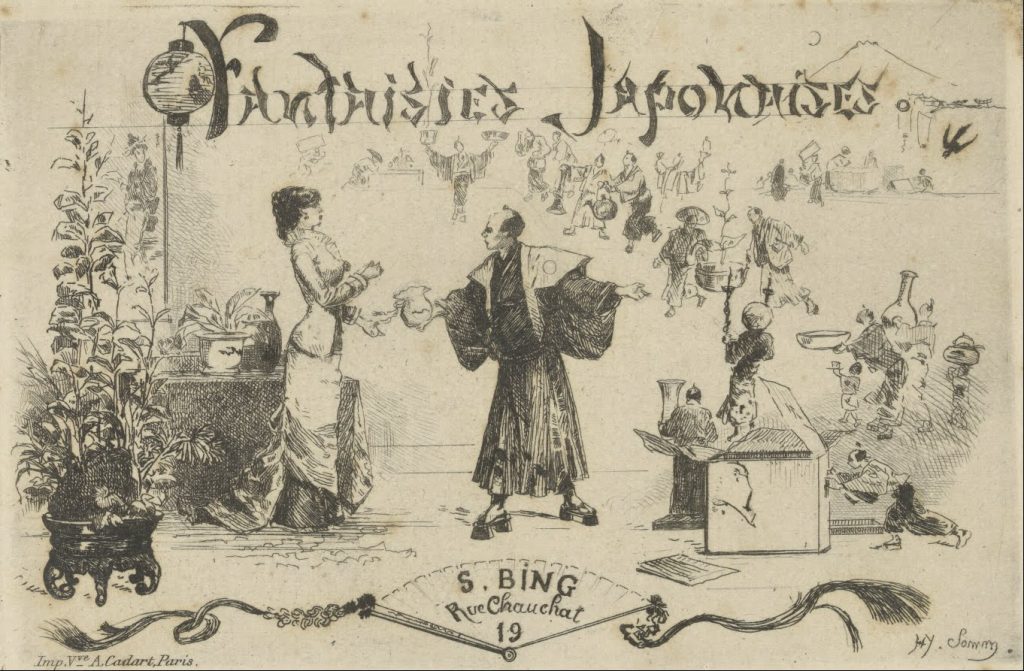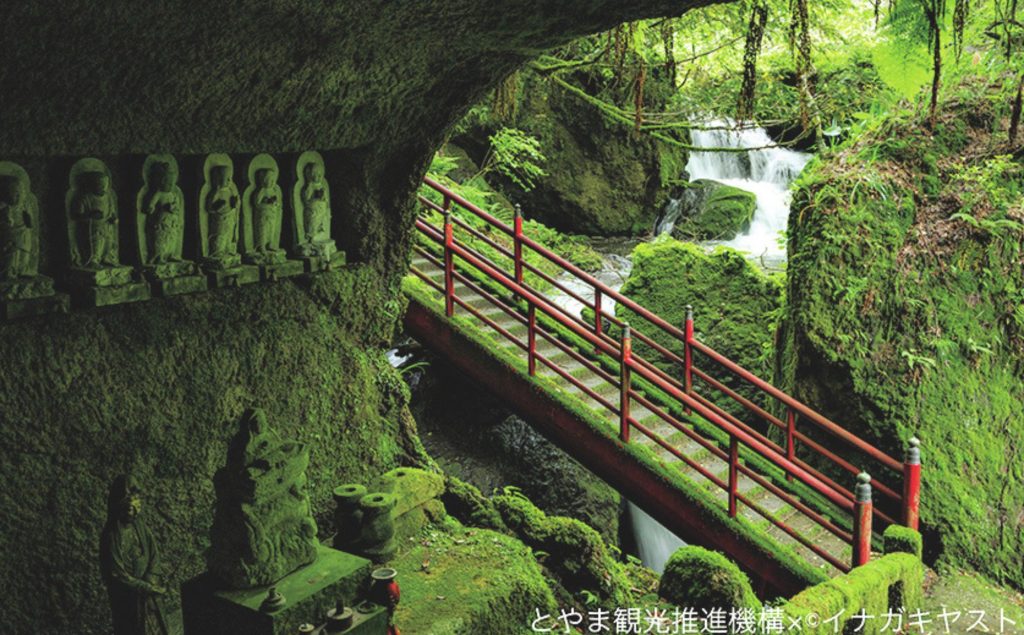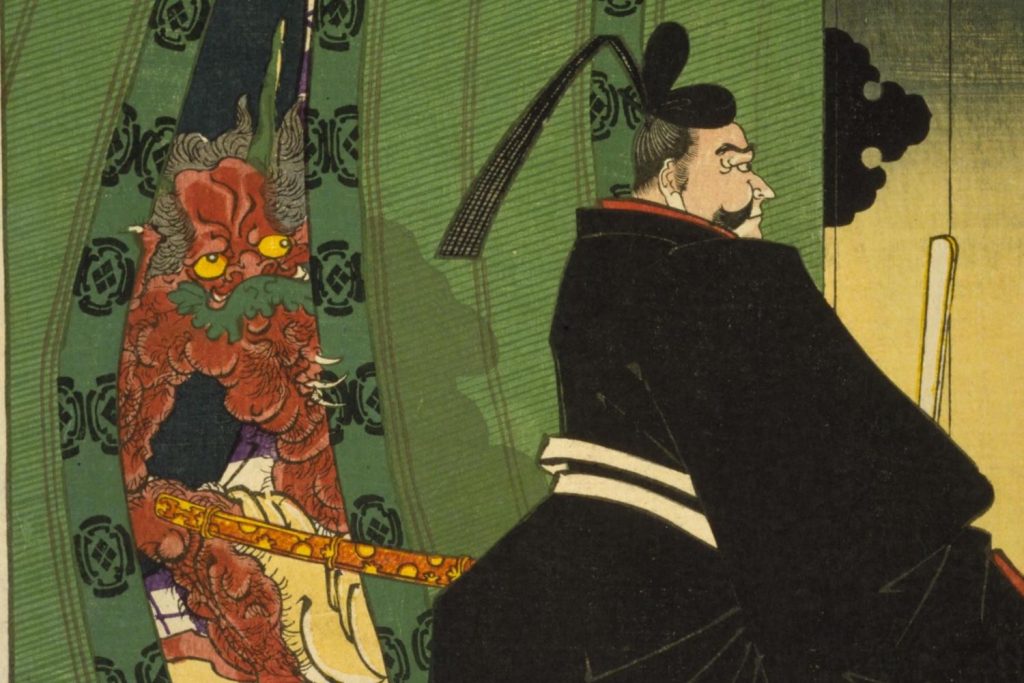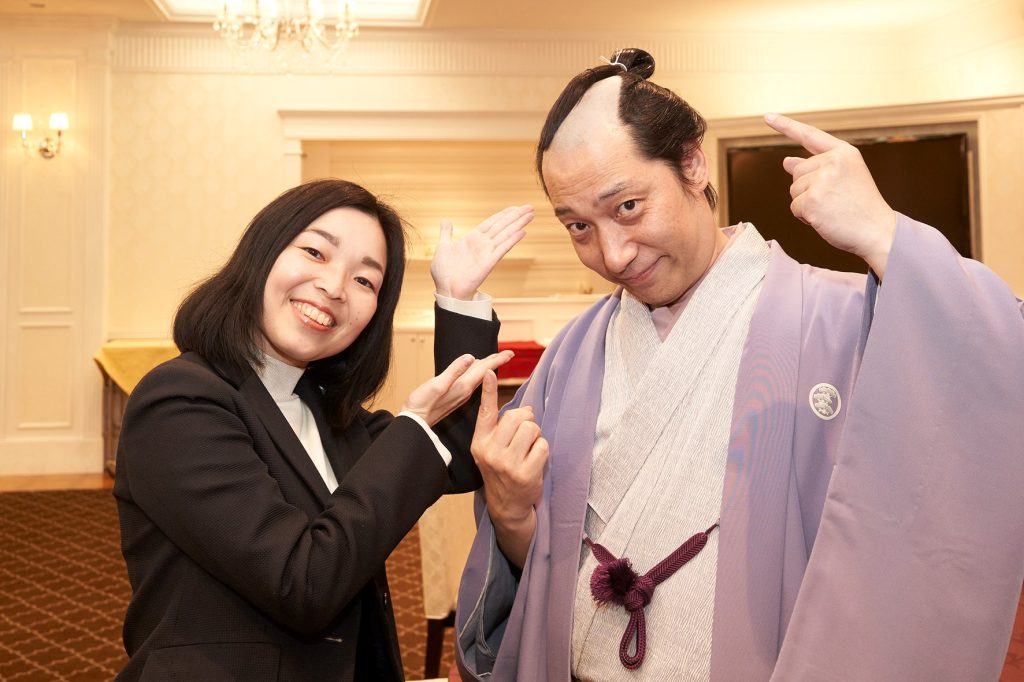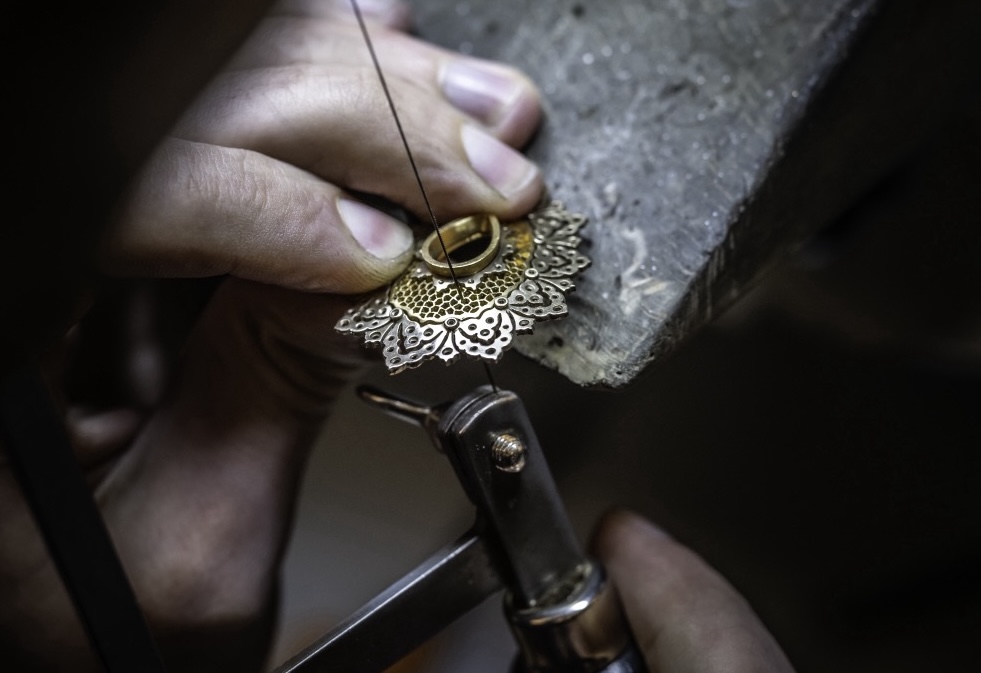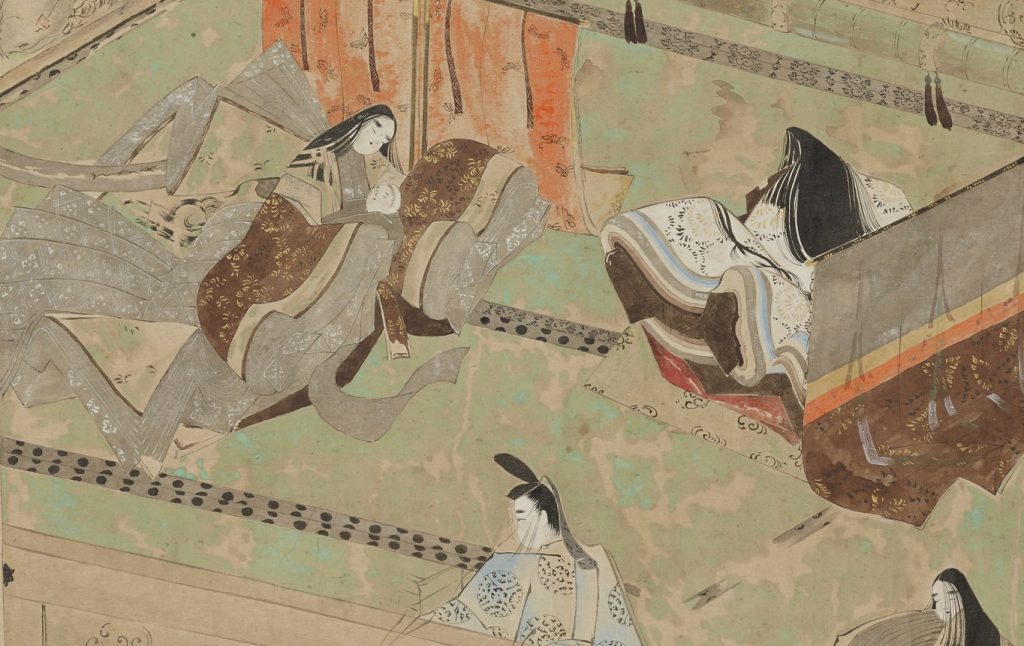5th of May is Children’s Day in Japan. What does Children’s Day mean to you? It is a day to celebrate the growth of boys, a day to return home and enjoy a festive time, a day to bathe in iris baths, etc. Different families may have different ways of spending Children’s Day. Let’s learn the true meaning behind the 5th of May in this article.
Children’s Day is a day to thank mothers!
Holidays that are considered ‘national holidays’, such as New Year’s Day, Coming of Age Day and Respect for the Aged Day, are defined by the Law on National Holidays (National Holiday Law).
As for Children’s Day on 5 May, it is clearly stated as follows
‘Respect the character of children, promote their happiness and give thanks to their mothers.’
From the Cabinet Office website
Children’s Day is infact, also a day to thank mothers. Since the National Holidays Law was promulgated in 1948, the fact that only mothers are to be thanked is a sign of the times, but in the modern sense, it means that we should also thank our parents for giving birth and bringing up our children.
Why isn’t Hinamatsuri a public holiday?
Most people are probably aware that 3 March, Hinamatsuri (ひな祭り= Dolls’ day), is girls’ day and 5 May, Children’s Day, is boys’ Day. Although the Children’s Day is public holiday, Hinamatsuri is not. This raises the question, Why isn’t Hinamatsuri a public holiday?
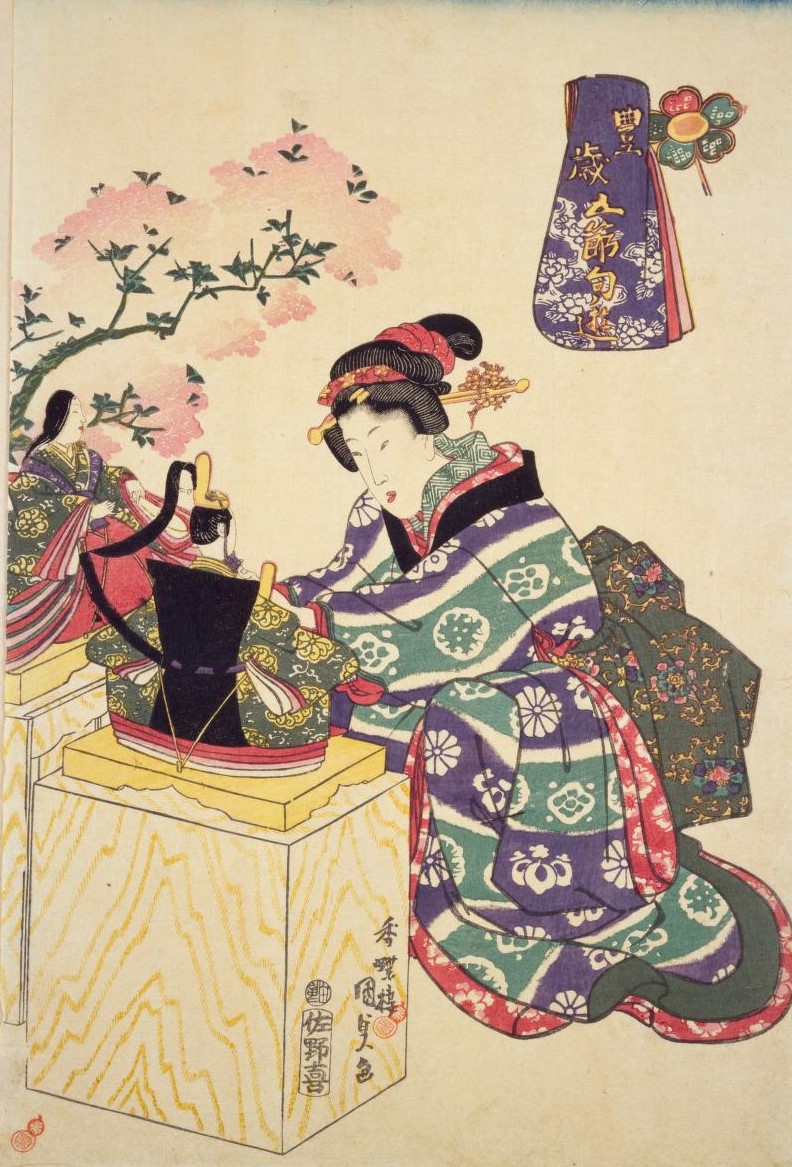
This is because ‘Sekku (節句)’ and ‘national holidays’ as defined in the National Holidays Law are two different things. There are five Sekku festivals in Japan.
Jinjitsu (人日) : 7 January, nanakusa (七草) no Sekku Joshi (上巳): 3 March, Momo (桃, peach) no Sekku Tango (端午): 5 May, Tango (端午) no Sekku Shichiseki (七夕): 7 July, Tanabata Chouyou (重陽): 9 September, Kiku (菊, Chrysanthemum) no Sekku/li>
During the Edo period, all five festivals were ceremonial days (public holidays), but they were all abolished with the adoption of the new calendar.
However, after the war, it was decided to establish a new bank holidays in Japan, and it was proposed that both Momo no Sekku and Tango no Sekku should be made public holidays. After much discussion, it was decided to celebrate 5 May as Children’s Day, regardless of gender. The reason for this seems to be that it is the time of year when the weather gets warmer. Therefore it was not the case that only the day for boys became a public holiday.
A book published the year after the promulgation of the National Holidays Law (‘Koyomi to seikatsu (暦と生活, Sanseido Editing Office, ed.) stated that it would be difficult to merge girls’ Day and boys’ Day. In fact, Hinamatsuri and Boys’ Day remained separate in our lives, leaving us with the uncomfortable feeling that only 5 May was a public holiday.
The same book also suggested that, ‘if they were to be displayed in the future, instead of warrior dolls, cultural figures such as Shotoku Taishi(聖徳太子), Sugawara Michizane (菅原道真), Ninomiya Kinjiro (二宮金次郎) and Noguchi Hideyo (野口英世) should be displayed. This reflects on the tragic war and the will to create a cultured Japan, but it seems that this new proposal also did not take root. As I do not have any boys, I wonder if there are families who display dolls of Prince Shotoku on Tango no Sekku, just because I do not know about it. If so, please let us know.
Tango no Sekku has its roots some 2,300 years ago!
The day of 5th of May is the Children’s day but also it’s the day of Tango no Sekku. In Japan, it is common for families with boys to celebrate on the day.
The origins of Tango no Sekku date back to the Chuxu (楚) dynasty in China some 2,300 years ago, when 5 May was the anniversary of the death of a politician named Kutsugen (屈原), and the festival was held as a memorial service for him, which became Tango no Sekku and was introduced to Japan.
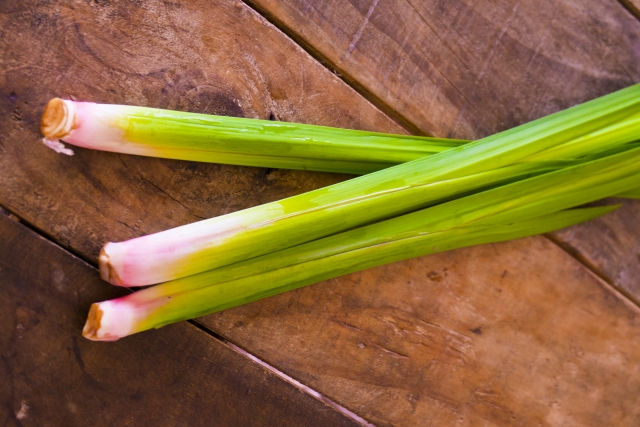
It is thought that Tango no Sekku came to be celebrated in Japan around the Tempyo (天平) period. During the Heian (平安) period, various customs such as iris hair ornaments, games such as Shobu-awase (菖蒲合) and Shobu-uchi (菖蒲打ち), and Shobu-sake(菖蒲酒)became common. This is because Shobu (菖蒲, iris) were valued as a medicinal herb to ward off bad spirits. Tango no Sekku was originally an event to protect oneself from bad luck.
The modern Tango no Sekku is in the samurai style!
Koinobori (鯉のぼり, carp streamers) and Kabuto (兜) helmets are displayed on Tango no Sekku, but this custom has its roots in samurai society.
Originally, Tango no Sekku was a festival to pray for good health. With the rise of the samurai, the word ‘shobu’ was compared to ‘shobu (尚武, warrior)’, and it came to be regarded as a samurai event. In the Kamakura period, when a boy was born, people raised streamers and decorated them with warrior dolls, helmets and dolls such as Kintaro (金太郎) and Momotaro (桃太郎).

In the Tokugawa era, Tango no Sekku was officially established as a ceremonial day (holiday), and on 5 May the feudal lords and Hatamoto (旗本) gathered at Edo Castle to celebrate. The common people began to imitate this custom of the samurai families, and the style of Children’s Day as we know it today took root.
Explaining Tango no Sekku items!
There are various decorations and foods for Tango no Sekku. What is the meaning of each?
Nobori
Nobori (banner) imitated a samurai going into battle, and in the past spears were sometimes erected. Nowadays, it is common to put up streamers with the name of the child written on them, together with warrior dolls and helmet ornaments.

Koinobori
Carp, (‘koi in japanese) became a symbol of good luck on Tango no Sekku because of their vigour in jumping up high waterfalls and the fact that once they were placed on the chopping block, they would not move, both of which were considered to be typical of warriors. Originally, there was a custom of raising nobori on Tango no Sekku, so the idea of using carp as noboris was born and has taken root to this day.
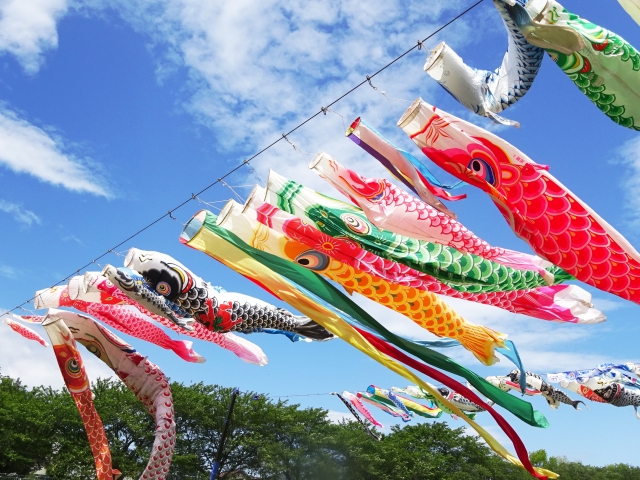
Some koinobori are decorated with five-coloured streamers, which are derived from the five colours of the inyo gogyo (陰陽五行, red, blue, black, yellow and white). Like the streamers, these decorations have been used as landmarks since the Genpei (源平) period and, like the Nobori, they resemble a warrior’s departure for battle.
Kashiwa mochi and chimaki
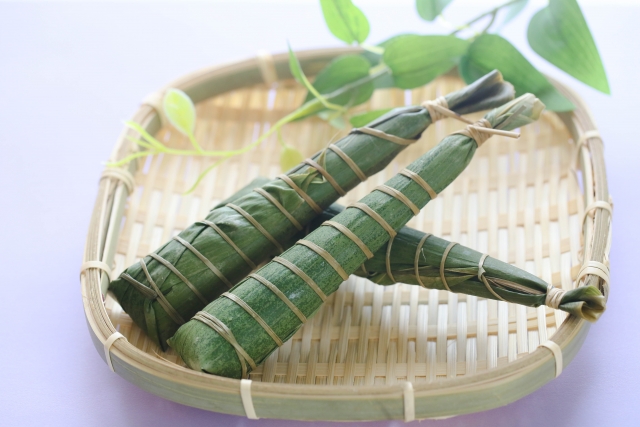
Both Kashiwa mochi (柏餅) and chimaki (ちまき) are wrapped in leaves, which is thought to be to prevent spoilage. It is also said that the name ‘chimaki’ came about because oak leaves are auspicious and chimaki was initially wrapped in a leaf called ‘chigaya (チガヤ)’.
This Children’s Day, we also want to take care of our parents’ mental and physical wellbeing
Originally, Tango no Sekku was a prayer for good health. In fact, iris is believed to be effective in promoting blood circulation, relieving fatigue, sedation and pain relief, and a Chinese herbal medicine called iris root is also available.
This year, as well as praying for the health of the family, why not take this day to help the fathers and mothers who are busy with housework and childcare? Of course, don’t forget to celebrate the children as well!
This article is translated from https://intojapanwaraku.com/rock/culture-rock/95995/






